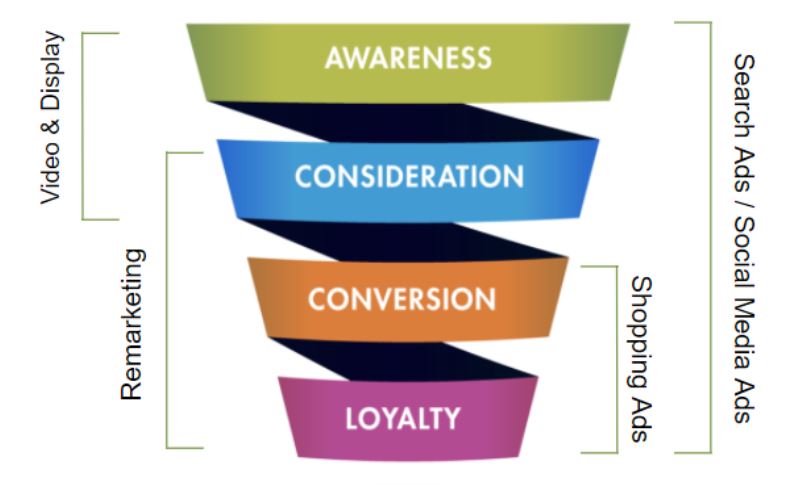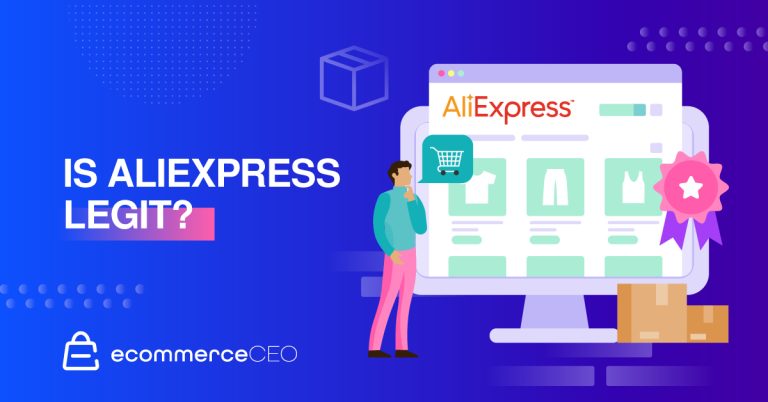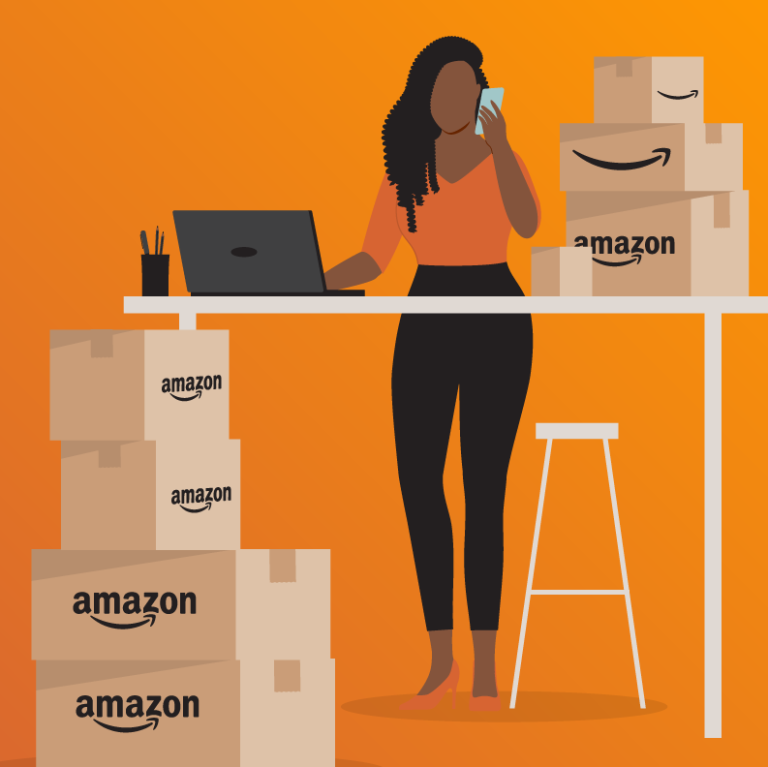This holiday season, the nation’s favorite pastime, going shopping, will be harder for consumers to practice. And changes to consumer behavior mean changes to your ‘product discovery’ strategies to ensure your sales growth isn’t at risk. Discovery shopping is a key driver of growth for brands and retailers. In fact, as one of our June 2020 surveys uncovered, 24% of active US consumers have purchased from new brands and retailers since the COVID-19 outbreak that they hadn’t shopped with before.
How can you stand out in a highly competitive space?
During the 2019 gifting season, 86% of in-store purchases were researched online. Additionally, according to a consumer survey we conducted in August of 2020, 42% of shoppers responded that they researched products online more now before shopping in-store than they did since the global health crisis started.
With 52% of US shoppers planning to shop online more frequently than before the pandemic, and 49% planning to do more of their holiday shopping and gift buying online in 2020, more brands are focusing on getting the attention of consumers online.
That means more competition for you and less visibility for your products.
The digital landscape was already extremely challenging to navigate in ‘normal’ conditions. But with more companies fighting for the attention of the consumers, it’s no wonder that increasing ad spend is one of their top strategies for increasing holiday peak sales this year. The following stats were discovered during a survey conducted by ChannelAdvisor in the UK in November, in collaboration with Retail Gazette:
|
|
|
|
|
|
If you want to drive better discovery for your products, you have to be prepared to invest more attention — and money — to these strategies in the months and years ahead.
1. Rethink the way you leverage certain channels
With the pressure to deliver results, many activities and online strategies end up almost fully focused on the utilitarian aspect of marketing, leaving little room for investment in driving discovery. With the right targeting, optimization and campaign segmentation, some channels that have traditionally fit a certain mold (discovery or performance), can serve as full-funnel channels.
If there is a channel that needs rethinking, it’s social media advertising. Consumers are spending more time on social media (36% of consumers are spending more according to our most recent consumer study in August 2020) and discovering new products.
But they are also proactive. In April 2020, we ran a consumer survey that indicated 30% of respondents researched products on Facebook and 28% on Instagram. And as of August 2020, those numbers had increased to 34% and 30%, respectively.
You can leverage paid advertising on social media to drive discovery for your products when your target audiences are proactively researching your products or not. Segmenting your audiences, targeting and campaigns to cover the full funnel will enable you to adjust investment accordingly as well as give product discovery a push whenever is needed.
One other channel that has historically been perceived as fully-focused on one part of the funnel is paid search advertising. This is yet another example of a channel that can be leveraged for the full funnel if you have the right setup, targeting and optimization strategy.

2. Create experiences
Creating in-store experiences has been at the forefront as an option to revive the brick and mortar sector. But online experiences are just as important — if not more — given the current situation.
Focusing on improving online experiences to finetune conversion rates is extremely important, albeit a bit basic. If you sell online, you’re expected to have a responsive and fast website as well as a streamlined checkout process.
But what can you do to ensure the customer remains engaged with your store and comes back?
- Offer the possibility of trying on your products virtually.
- Provide as many high-quality photos and videos of your product as possible from all angles. Think about what your consumer would be interested in seeing and organize your photoshoots accordingly.
- Provide useful content such as guides, lifestyle photos or community styling suggestions.
- Be accessible if your customer needs support with virtual assistants.
- Offer multiple delivery options (standard, expedited, click and collect, etc.) as well as free delivery options.
- And lastly, ensure there are no discrepancies between the online and in-store experience since a majority of consumers now plan to research online more before going to the store.
Failing to invest in your shoppers’ buying experience will cost you, both in the short term and the long term.
3. Enhance your content
According to Forrester Research, 74% of buyers get frustrated with websites that present content that is not relevant to their interests. If you are then using this content to populate your product listings for shopping and social ads, you might actually end up paying more for advertising and not showing your ads in front of key audiences.
Writing great content for your products, having enhanced product feeds and investing in creating content for inbound marketing will not only help the consumer to make a decision but, it will also help you rank better, both organically and paid.
Each audience might value a different kind of content. Depending on your target audience and product selection, invest time in prioritizing the data points that matter most to your potential and existing customers. For example, younger shoppers tend to prioritize video and visual content, while older shoppers appreciate detailed product descriptions.
—
If you require further support in assessing your current setup and processes around online discovery, contact your ChannelAdvisor representative. If you’re not a ChannelAdvisor client, fill out this quick form and one of our e-commerce consultants will be in touch soon.




